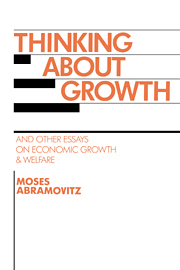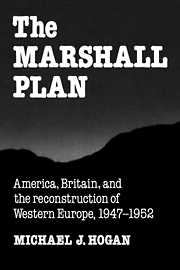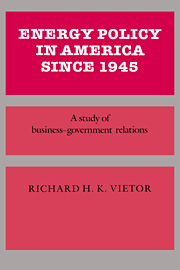7 results in Studies in Economic History and Policy: USA in the Twentieth Century

Europe, America, and the Wider World
- Essays on the Economic History of Western Capitalism
-
- Published online:
- 06 December 2010
- Print publication:
- 26 April 1991

The Great Depression
- Delayed Recovery and Economic Change in America, 1929–1939
-
- Published online:
- 06 July 2010
- Print publication:
- 27 November 1987

Thinking about Growth
- And Other Essays on Economic Growth and Welfare
-
- Published online:
- 22 March 2010
- Print publication:
- 28 April 1989

Drastic Measures
- A History of Wage and Price Controls in the United States
-
- Published online:
- 02 December 2009
- Print publication:
- 29 June 1984

Economic Development, the Family, and Income Distribution
- Selected Essays
-
- Published online:
- 12 November 2009
- Print publication:
- 28 July 1989

The Marshall Plan
- America, Britain and the Reconstruction of Western Europe, 1947–1952
-
- Published online:
- 31 October 2009
- Print publication:
- 28 August 1987

Energy Policy in America since 1945
- A Study of Business-Government Relations
-
- Published online:
- 13 October 2009
- Print publication:
- 15 October 1984

